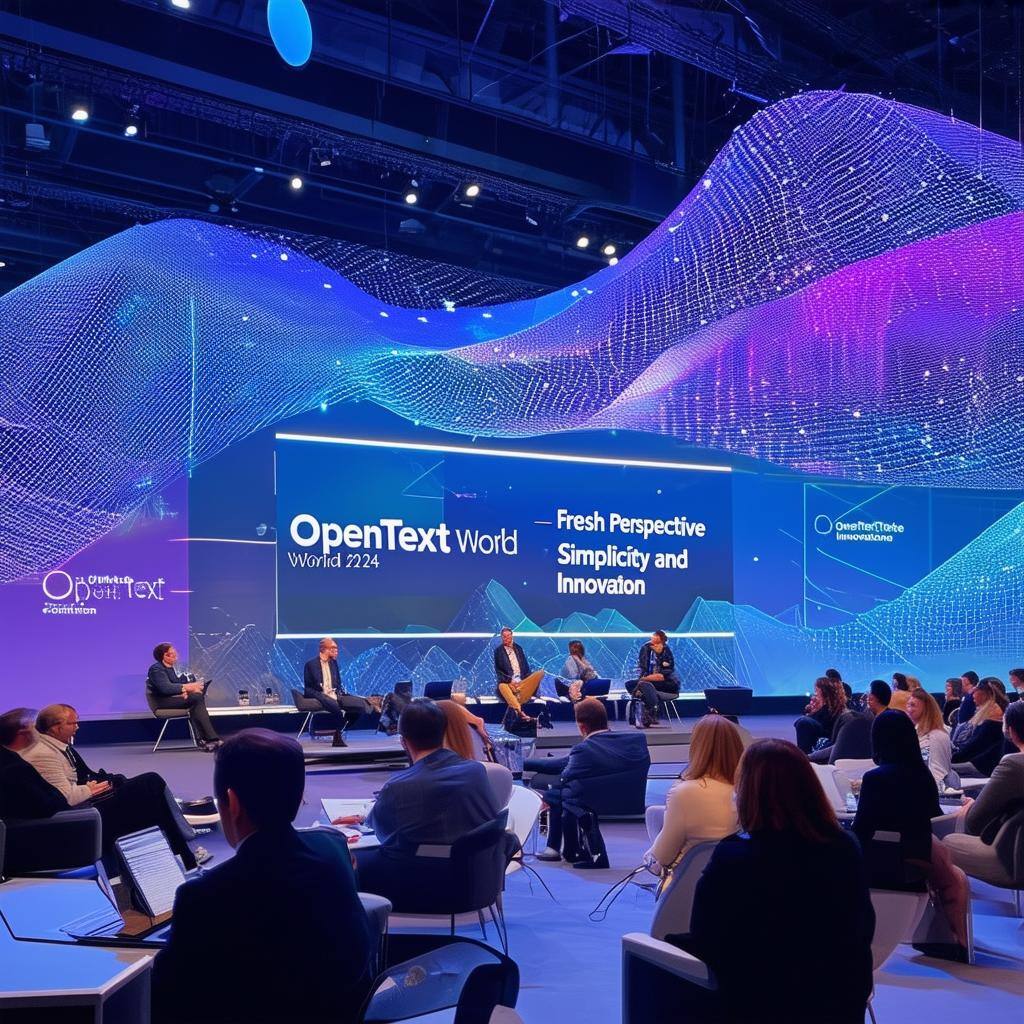Documents form the core of just about every business process. However, before anyone can leverage the information they contain, they often need to be transformed into a standardized, readily accessible format. When dealing with thousands or even millions of documents, completing this process manually isn’t practical or even possible.
Document conversion software tools simplify the basic document-to-PDF conversion process. They automatically transform documents from multiple sources and formats into standardized PDF content. This automation helps to eliminate errors, ensures compliance regulations are met, and leaves critical original document context intact. The end result is content delivered in a searchable PDF format, structured based on the requirements of your business process, that is ready for publication, archival, and storage.
Is your organization in need of an automated document publishing processes that allows you to integrate metadata, merge documents, and convert content to PDF within OpenText Content Suite? Do you require robust format rendering support or at least something more than rendering Word to PDF? Does your organization need to render tens of thousands of documents per month requested by individual users? Looking for the best tooling available to meet your needs, while keeping rising document processing costs at bay? Then you are in the right place! In this blog post we will review the three best enterprise document processing & conversion solutions currently available.
Introducing the Players: Adlib Express, OpenText Blazon & GCI PowerTools for Documents
Adlib Express
Adlib Express is a document-to-PDF conversion tool, which allows enterprises to automatically convert thousands of documents into quality, text-searchable, ISO-friendly PDFs that maintain the identical format, layout, and content of the original documents.
Feature highlights:
- Format support: renders 600+ file formats, including Microsoft Office, CAD drawings, images, HTML, emails, etc.
- Conversion: utilizes advanced Optical Character Recognition (OCR) to convert images into fully searchable PDFs
- Document assembly: automated assembly capabilities, including merge, table of contents, headers/footers, watermarks, active hyperlinks, digital signatures, and security settings
- Business process automation: leverages metadata-driven rendering for improved document workflows
- Integrations: integrates with OpenText, Microsoft SharePoint, EMC Documentum, and ENOVIA
OpenText Blazon
Blazon is document conversion tool from OpenText which automates the process of creating PDF, TIFF or secure Content Sealed Format (CSF) versions of documents from practically any format. Blazon provides support for security, compliance, and collaboration initiatives while improving operational efficiency.
Blazon allows you to share comments and annotations with third-parties by burning in markups and Changemark comments from OpenText Brava! during the publishing process. The tool protects your proprietary information by adding stamps, watermarks, and banners to include system information like the user’s name or current date, or static text such as “Confidential” or a legal statement.
Feature highlights:
- Format support & document conversion: broad format compatibility, renders files in practically any format to produce PDF, TIFF or CSF
- Document assembly: easily combine many documents into one easy-to-use file, complete with a hyperlinked table of contents
- Enterprise scalability: ability to add more job processors to help meet enterprise demands
- Apply stamps, watermarks, or banners: users can use tokens to add system information like the date and time or include static text.
- Burn in markups: apply burn-in markups created in OpenText Brava! to conveniently share with third-parties.
Global Cents PowerTools for Documents
GCI PowerTools for Documents is a configurable, easy-to-implement solution designed to help users create professional documents within OpenText Content Suite. PowerTools for Documents allows production automation and flow of documents of all types, including technical, marketing, commercial and legal. Users can easily merge documents of numerous formats, build standardized documents, sign them electronically, and associate them with business workflows.
Feature highlights:
- Format support: robust input format support including MS Office 2007-2016, TXT, HTML, and all the usual image formats, including Google Suite, and more than 200+ of the most common Windows file formats
- Conversion: built-in automated conversion of documents from one format to another, integrates Content Suite metadata into Word or PDF documents, enables the merge of mixed format documents and generates tables of content
- Language support: supports international characters for languages such as Arabic, Russian etc.
- Digital signatures support: enables you to digitally sign approved documents with two-factor authentication
- Enterprise scalability: the architecture scales both vertically (e.g. multi-threaded, 64-bit, so adding disk, memory & storage works wonders) and horizontally (e.g. additional servers to work queued jobs) making it straightforward to scale your system to support rendering many hundreds of thousands of documents every month.
- Licensing costs: PowerTools for Documents is licensed perpetually and is cost effective (no “click” charges, acquisition of PTfD can be paid for in less than 3 years from reduced maintenance)
- Integrations: integrates seamlessly with OpenText Content Suite making it easy for end-users to use and IT to support and manage going forward.
Which Is the Best Option for You?
All three solutions are viable options for users looking to bring automation to their document conversion and assembly, and to streamline their processes. However, there are certain details that need to be taken into account when evaluating your purchase.
Converting large volumes of documentation is an intensive process. So, whatever solution you choose, you need to ensure that its architecture scales both vertically and horizontally. Planning this at the onset of your project will ensure things are more straight forward as you scale your system to support rendering many hundreds of thousands of documents every month.

The cost of your infrastructure is one key part of your overall ROI calculation. The other major cost consideration is the licensing model. We noted in our review that PowerTools for Documents is licensed perpetually, with a notably low annual maintenance charge.
Finally, consider how important tight integration is to your business. We noted that while Adlib Express integrates with Content Suite, it is not a native solution and is no longer being resold by OpenText. On the other hand, while Blazon! does provide tight integration into Content Suite, it is quite a heavyweight solution, requiring an extensive server infrastrure to operate effectively. It is also known to have issues with certain international character sets. Additionally, if your documents needs to be signed as part of the conversion process, only PowerTools for Documents offers native integration with full support for a wide range of digital and electronic signature solutions.
I hope I have been able to enlighten you within this post. If you think there is anything that I missed, please drop me a comment on either our LinkedIn or Twitter channels and I will respond directly. Furthermore, if you are interested in learning more about GCI PoweTools for Documents, here's a 2-minute video to get you started. And make sure you connect with us to request a demo tailored to your document processing challenges.


